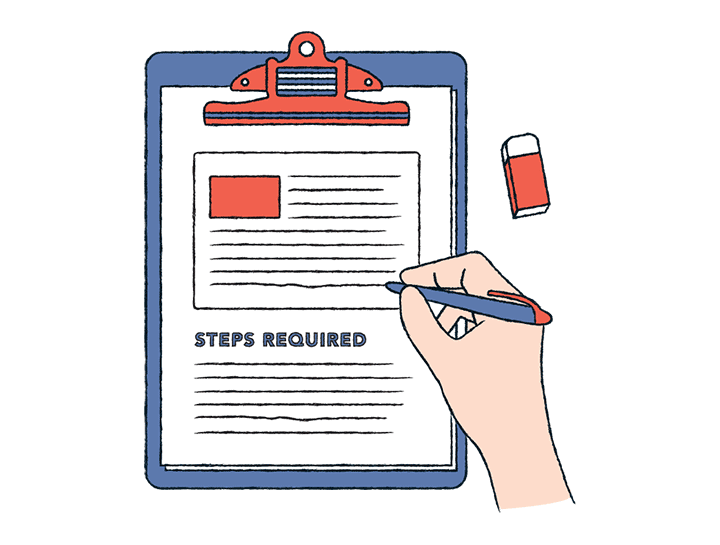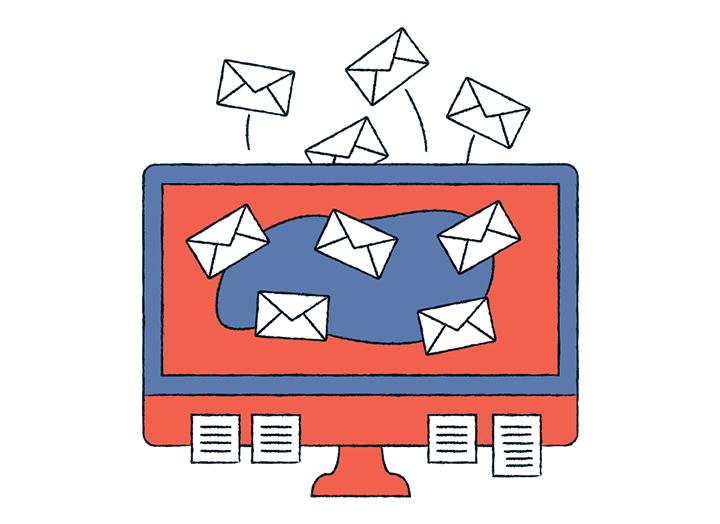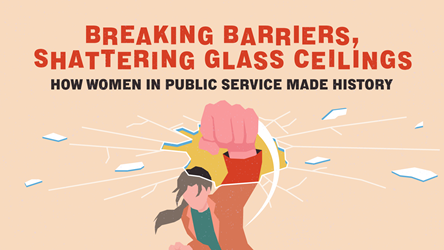10 Tactics For Public Engagement: Lessons From Our SG Heritage Plan

About Our SG Heritage Plan
Singapore’s first-ever blueprint to safeguard and promote our national heritage and culture was launched in April 2018, outlining the protection of local historical buildings and artefacts, as well as intangible cultural heritage such as traditional trades, social practices, rituals and festivals.
Named Our SG Heritage Plan and spearheaded by the National Heritage Board (NHB), the blueprint contains strategies and initiatives to guide the heritage and museum sector’s development till 2022. More than 34,000 Singaporeans had their say in shaping the plan through the NHB’s public consultations.
As early as 2016, the agency interviewed thought leaders, held focus group discussions with more than 700 stakeholders, and gathered feedback from the public through a travelling exhibition and a microsite. (See sidebox: The engagement process in numbers)
For the NHB’s Assistant Chief Executive (Policy & Community) Alvin Tan, those extensive engagement efforts were crucial. “There is greater interest in heritage issues and the public wants a greater say in the formulation of heritage strategies, so they are less accepting of top-down masterplans,” he says.
Key know-hows
NHB Assistant Chief Executive Alvin Tan explains the strategies that helped in the agency’s two-year-long engagement efforts.
1. Be open to suggestions

The agency required a “mindset shift” to get used to co-creating the plan with the public. While this was “rather daunting” at first, says Mr Tan, the process was worth it – incorporating stakeholders’ views has made the plan more robust and encourages public ownership and long-term commitment to the initiatives.
2. Engage a range of stakeholders, including public sector partners

The NHB engaged diverse stakeholders from heritage NGOs and academics to practitioners. Many heritage initiatives are inter-agency efforts, so the NHB also consulted partner public agencies such as the Urban Redevelopment Authority, Housing & Development Board, Land Transport Authority and National Arts Council. “It was important to get them on board from the start to get their inputs on how the initiatives could serve our joint objectives,” says Mr Tan.
3. Commit considerable resources

The NHB realised they had to discuss issues in depth and with many people for a worthwhile engagement. They needed sufficient manpower for the engagement events. NHB staff, including Mr Tan, joined to facilitate the focus group discussions or volunteer at the exhibitions. Staff who could speak various languages or dialects were also present at each roadshow to better connect with the public, while collaterals and survey forms were produced in Singapore’s four official languages.
4. Prepare and train staff

Before the engagement, NHB staff received training in public engagement at the Civil Service College. The training equipped them with the relevant knowledge, skills and confidence to facilitate the focus group discussions and interact with visitors at the travelling exhibition.
5. Know your subject inside out

Prepare and do your homework on the matter you are discussing with the public, advises Mr Tan. “Sometimes, our stakeholders will ask if we have studied the models available in other countries,” he says. “In the case of intangible cultural heritage, we studied the models of South Korea, Japan, Hong Kong and France.”
6. Be flexible enough to listen and take in suggestions

The NHB team made sure to listen to what the participants had to say and consider their perspectives. “These discussions are for us to learn what is happening on the ground, which we may not be aware of,” says Mr Tan. Some heritage grant applicants requested for more guidance to develop projects. In response, the NHB will introduce a series of clinics focusing on the knowledge and skills needed to create funding proposals and manage heritage initiatives.
7. Set parameters for discussions

Each focus group discussion could involve up to 30 participants. The NHB team set parameters to guide and frame the discussions. The team found that being upfront with what has been done in past initiatives and the priorities to be discussed is a good way to gain acceptance from participants, Mr Tan says.
8. Reach out to more people with tech

To hear from a wider pool of people, beyond those who attended face-to-face sessions, the NHB set up a microsite in December 2017 to explain the gist of the plan and collect feedback online.
9. Find common themes in the feedback

After each engagement session, the NHB consolidated and reviewed the inputs, looking for common themes. One major theme was to do more for intangible cultural heritage. The masterplan includes a suggestion from focus group discussion participants – a new recognition scheme for practitioners like Indian goldsmiths or Malay songkok makers to help them pass their skills to future generations.
10. Close the loop

After the focus group discussions, the NHB team sent emails to all 730 participants to thank them and inform them that their feedback would be reviewed and incorporated into the plan where relevant. The team also welcomed the stakeholders to contribute further feedback and invited them to the travelling exhibition and Our SG Heritage Plan launch.

- POSTED ON
Jul 12, 2018
- TEXT BY
Zul Othman
Tay Qiao Wei
- ILLUSTRATION BY
Brenda Lim









